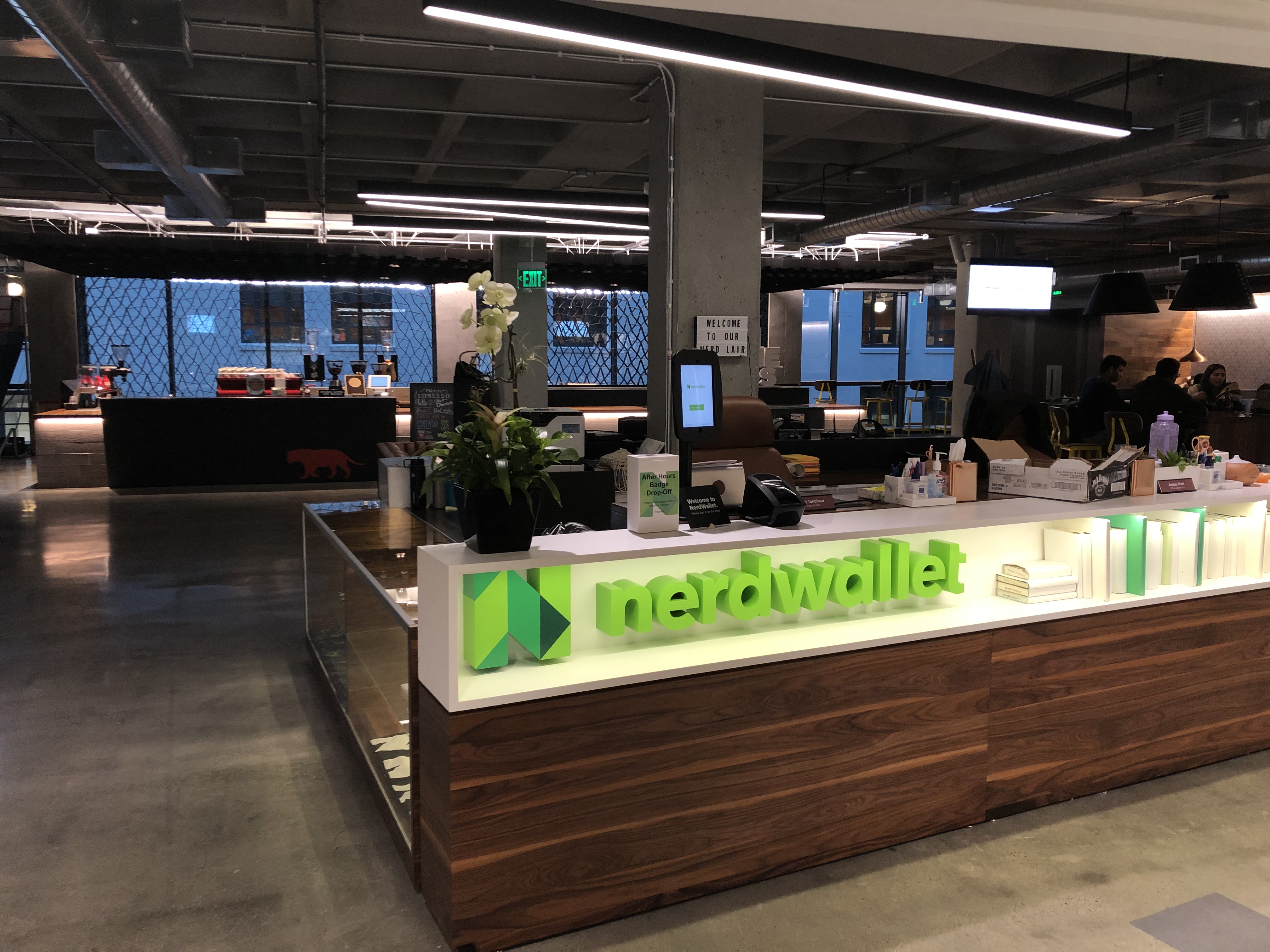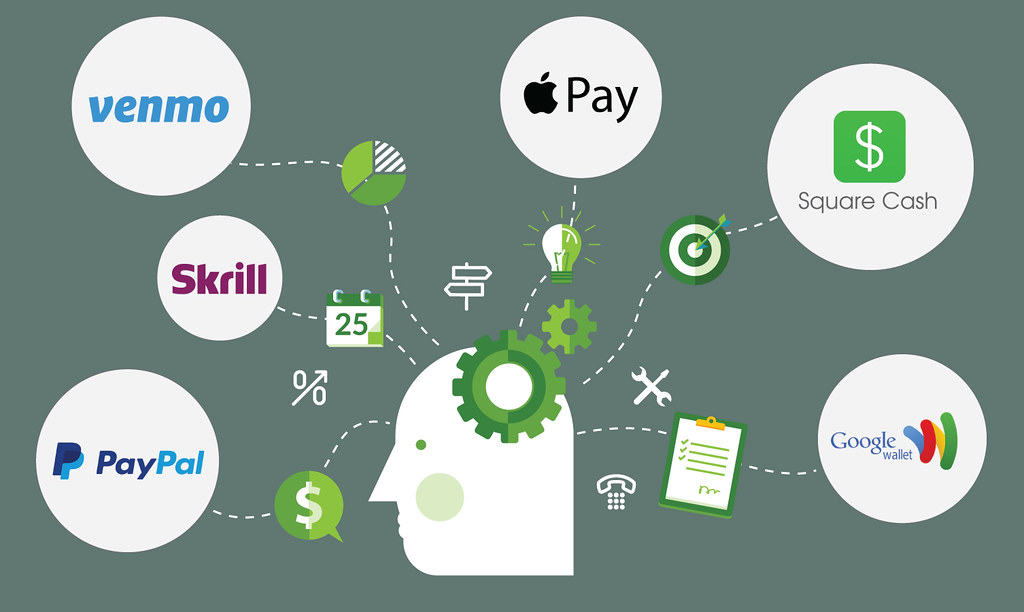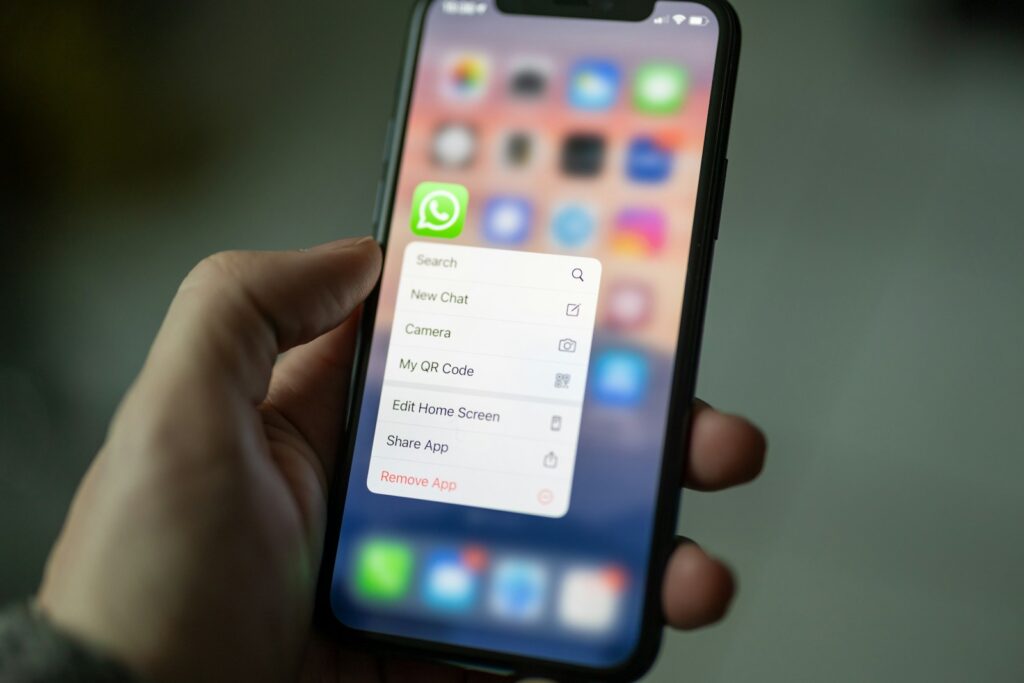
As fears of potential economic headwinds loom today, it’s natural for business leaders and aspiring entrepreneurs alike to eye the future with caution. Economic uncertainty, marked by rising inflation and shifting consumer sentiment, can make the prospect of launching a new venture seem daunting. However, history offers a powerful counter-narrative: economic downturns are not merely periods of hardship, but fertile ground for unprecedented innovation and the birth of transformative businesses.
Indeed, some of the most enduring and successful enterprises were forged in the crucible of recession. While many companies struggle to survive, a select few not only weather the storm but emerge stronger, redefining industries and capturing market share. The Great Recession, which officially spanned from late-2007 to the summer of 2009—though its economic aftershocks and impacts on consumer behavior extended well into the following years—stands as a prime example of this phenomenon. It proved that even in times of significant turmoil, great ideas can flourish, particularly if they offer solutions to the acute challenges faced by consumers.
By examining the strategic choices and foundational principles of companies that launched and thrived during this challenging era, we can glean invaluable insights. These success stories demonstrate a common playbook: delivering unbeatable value, solving real customer pain points, embracing creativity in offerings, and connecting authentically with customer values. Here, we delve into three such pioneering companies that not only started during or immediately after the Great Recession but also laid the groundwork for their lasting prosperity.

1. **NerdWallet**NerdWallet, the popular personal finance website, is a quintessential example of a business born directly from the economic upheaval of the Great Recession. Founded by Tim Chen around the 2008 holiday season, this venture arose from a direct personal experience of hardship and the identification of a significant market gap. Chen, who had been laid off from his hedge fund job, described the experience as “super devastating.” Yet, this very adversity granted him the freedom to pursue his entrepreneurial vision.
Chen’s inspiration struck when his sister sought advice on finding a credit card with lower fees. His surprise at the lack of unbiased, comprehensive information online was profound; he was “shocked I couldn’t find anything on Google that wasn’t basically marketing [or] promotional material.” This realization illuminated a critical consumer pain point: individuals, especially those grappling with financial insecurity during a recession, desperately needed clear, objective guidance to manage their money and debt more effectively.
What began as a simple Excel spreadsheet comparing credit card options for his sister quickly evolved into NerdWallet. The company’s core value proposition—helping people trim down their expenses—was perfectly attuned to the budget-conscious mindset prevalent during the recession. By providing transparent, data-driven comparisons of financial products, NerdWallet empowered consumers to make smarter financial decisions, a service that resonated deeply in a time of widespread economic anxiety.
NerdWallet’s trajectory since its recession-era inception has been remarkable. The company went public in an IPO, achieving a market value of more than $700 million. Its success underscores the enduring appeal of financial literacy tools, particularly when delivered with credibility and a focus on consumer benefit. The ability to identify and address a universal need for financial clarity, especially when the economy is in turmoil, proved to be a powerful recipe for long-term growth and success.
Read more about: Unlocking Dealership Gold: 15 Proven Strategies Car Dealers Use to Maximize Profit on Every Sale and Secure Their Future

2. **Uber**Uber, which made its debut in early 2009, emerged as a groundbreaking transportation solution precisely when consumers were seeking both cost efficiency and convenience. Co-founder Garrett Camp’s personal experience of spending $800 to hire a private driver on New Year’s Eve sparked the initial idea. The subsequent discussion with co-founder Travis Kalanick about splitting costs and creating a more affordable, efficient alternative to traditional taxis laid the foundation for an industry-disrupting application.
The timing of Uber’s launch was critical. Coming out of years of careful spending habits ingrained by the recession, consumers were highly receptive to a service billed as a cheaper and more efficient alternative. Uber offered a novel value proposition: on-demand private transportation at a potentially lower cost, accessible via a mobile app. This combination of value, innovation, and convenience resonated strongly with a populace looking to optimize their spending without compromising on quality or ease.
While Uber has navigated significant challenges since its inception, including issues related to corporate culture and regulatory scrutiny, its initial success was undeniable. It quickly won over users by transforming the transportation landscape, offering a compelling solution that challenged established norms. The company’s market value, which stands at roughly $50 billion today, is a testament to its profound impact and the sheer scale of its disruption.
Uber’s journey exemplifies how a business can leverage recessionary conditions to introduce a fundamentally new service model. By focusing on consumer pain points like high costs and inefficiency in existing services, and by harnessing nascent mobile technology, Uber not only captured market share but created an entirely new category, demonstrating the power of innovation during economic shifts. The company proved that a willingness to challenge the status quo and deliver superior value can lead to monumental success, even amidst widespread economic apprehension.
Read more about: 15 Mind-Blowing Animal Facts You Absolutely Won’t Believe

3. **Groupon**Groupon’s genesis is a powerful narrative of adaptability and market responsiveness during the Great Recession, transforming from an earlier concept into a global e-commerce phenomenon. The platform began as ‘The Point’ in 2007, founded by Andrew Mason, designed as a collective action website where people could gather to achieve shared goals. However, the onset of the recession redirected its purpose in an impactful way.
As economic conditions deteriorated, ‘The Point’ users organically began organizing group purchases to secure bulk discounts, signaling a potent consumer need. Mason and co-founder Eric Lefkofsky quickly recognized this emerging opportunity, rebranding the platform as Groupon—a portmanteau of ‘group’ and ‘coupon.’ This strategic pivot transformed it into an e-commerce marketplace offering daily deals of 50-90% off local services and goods, an irresistible proposition for recession-weary consumers.
Groupon’s brilliance lay in its dual appeal. For consumers, it provided significant savings on everything from restaurant meals to spa treatments, perfectly catering to a population eager to stretch their budgets. For struggling small businesses, ‘mom-and-pop stores and restaurants,’ it offered a vital lifeline, bringing in a surge of new customers during an otherwise challenging economic period. CEO Andrew Mason encapsulated this win-win model, stating, “We‘re making it easier for consumers to explore their cities and try new things while saving them money. We‘re also helping small businesses…reach new customers.”
Despite facing its own operational challenges and market shifts in later years, Groupon’s explosive growth during the recession was extraordinary. It expanded from 1 to 16 markets in 2009, with revenues skyrocketing from $33 million in 2009 to $760 million in 2010, and forged 50,000 business partnerships by the end of 2010. With more than 20 million active customers and a market value exceeding $200 million today, Groupon stands as a powerful testament to identifying acute market needs and creatively connecting disparate parties during economic contraction, turning scarcity into a thriving shared value proposition.
Read more about: Insider Secrets Revealed: Your Ultimate Lifehacker Guide to Unlocking Maximum Savings at Costco and Sam’s Club

4. **Venmo**Emerging at the tail end of the Great Recession in 2009, the mobile payments platform Venmo perfectly encapsulated the spirit of innovation responding to shifting consumer behaviors. Its genesis was famously spurred by a moment of human forgetfulness: co-founder Iqram Magdon-Ismail left his wallet at home before visiting his college friend and future co-founder, Andrew Kortina. This minor inconvenience sparked a profound realization about the need for a seamless, digital way to exchange money between friends, free from the hassles of cash or traditional banking delays.
Magdon-Ismail’s mishap cemented an idea that the two friends had already discussed—the immense utility of a mobile application capable of transferring funds directly between acquaintances, instantly linked to their bank accounts. This concept of easily splitting bills, paying friends back, or contributing to group expenses was revolutionary at a time when financial transactions still largely relied on physical currency or slower electronic transfers. Such a convenient and accessible solution for person-to-person payments would have been particularly resonant for a populace that had just endured years of tightening budgets and increased scrutiny on personal finances.
Venmo’s inherent value proposition—making money exchange effortless and social—quickly gained traction. For individuals, it eliminated awkward conversations about debt and provided a straightforward method for managing shared expenses, a fiscal responsibility that became even more paramount in the post-recession landscape. PayPal recognized this transformative potential, acquiring Venmo in 2013 for $800 million. This acquisition marked a significant milestone, solidifying Venmo’s position as a major player in the evolving fintech sector.
Today, Venmo boasts an impressive user base of over 90 million, a testament to its enduring relevance and widespread adoption. Beyond its functional utility, the app has become synonymous with a new era of fiscal awareness. As PayPal CEO Dan Schulman observed in 2018, Venmo has empowered those who grew up during the Great Recession to be more thoughtful about managing their money. It offers a tangible tool for financial independence and health, reinforcing how a timely, user-centric innovation can profoundly impact daily financial habits and foster a greater sense of control during economically sensitive times.
Read more about: Guard Your Sale: 13 Common Scams Targeting Private Car Sellers and How to Spot Them

5. **WhatsApp**As the world grappled with the economic aftershocks of the Great Recession, a subtle but significant shift was underway in how people connected. In this environment, solutions that offered value without incurring substantial costs were primed for success. While specific details of WhatsApp’s early recession-era growth from the provided context are limited, its emergence as a global communication platform perfectly illustrates the kind of strategic innovation and value proposition that resonated with consumers seeking efficiency and affordability during economically constrained periods.
WhatsApp, at its core, offered free, instant messaging across diverse mobile devices, bypassing traditional SMS fees. This was a critical value proposition in an era where every penny counted for individuals and families. The recession had instilled a profound cost-consciousness, making alternatives to expensive mobile carrier plans incredibly appealing. By enabling communication without the burden of per-message charges or international roaming costs, WhatsApp delivered immense practical and financial relief, fostering connections at a time when maintaining social ties was more important than ever.
The strategic innovations of WhatsApp, though not detailed with specific recession-era launch data within the immediate context, can be inferred through its foundational design. Its simplicity, cross-platform compatibility, and focus on basic, reliable messaging positioned it as a compelling choice for millions. It democratized mobile communication, transforming it from a potentially costly endeavor into a freely accessible and universal tool. This approach, centered on solving a ubiquitous consumer pain point—the expense of staying connected—without asking for a direct monetary exchange from users, undoubtedly contributed to its rapid adoption and eventual global scale, carving out lasting success in the wake of the Great Recession by aligning with the enduring need for cost-effective human connection.
Read more about: Unlock Your Dream Vacation for Under $1000: 14 AI Hacks to Plan Your Next Escape Effortlessly

6. **Warby Parker**Warby Parker, launched in 2010, arrived on the scene as the economic habits forged during the recession were still firmly ingrained, proving that even in a cautious consumer landscape, audacious disruption can lead to extraordinary success. The company’s immediate impact was undeniable, selling out of its top 15 styles within four weeks of launch and hitting its first-year sales targets in a mere three months. This rapid ascent was not by chance; it was the result of a meticulously crafted strategy designed to address deeply felt consumer needs post-recession.
At the heart of Warby Parker’s disruptive model was its commitment to radically fair prices. While competitors routinely charged upwards of $400 for prescription eyeglasses, Warby Parker offered stylish, high-quality frames starting at just $95. This stark contrast in pricing was a game-changer for budget-conscious shoppers, who, after years of economic belt-tightening, were highly receptive to premium products that didn’t come with a premium price tag. The company identified an outdated industry ripe for change and directly challenged its conventional pricing structures, delivering unparalleled value at a pivotal moment.
Beyond affordability, Warby Parker ingeniously lowered the perceived risk of online shopping for a personal item like eyewear. Its innovative free home try-on program, coupled with easy returns, dismantled a significant barrier for consumers hesitant to purchase glasses without trying them on. This customer-centric approach made buying glasses online less daunting and more accessible, a strategic advantage in an uncertain economic climate where consumers were naturally more cautious about discretionary spending and online transactions. It demonstrated a profound understanding of evolving consumer psychology.
Moreover, Warby Parker masterfully blended style with a powerful social good initiative: for every pair of glasses sold, a pair was donated to someone in need. This ‘Buy a Pair, Give a Pair’ model resonated deeply with customers, allowing them to feel good about their purchase during a gloomy economic period. This connection with customer values transcended mere transaction, building loyalty and brand affinity by tapping into a desire for purpose-driven consumption, an increasingly important differentiator for modern businesses.
Co-CEO Dave Gilboa eloquently captured the company’s forward-thinking approach, stating, “When we launched, the iPhone was only a couple years old…But we believed people would be willing to buy glasses online if we could make it easy and risk-free.” Warby Parker’s success underscores the powerful combination of disrupting outdated industries, connecting authentically with customer values, and making bold strategic bets on emerging technologies and consumer behaviors. It truly defined how to thrive by challenging the status quo.
The enduring stories of NerdWallet, Uber, Groupon, Venmo, WhatsApp, and Warby Parker offer an indispensable playbook for future leaders navigating economic turbulence. These enterprises, forged in the fires of the Great Recession, didn’t merely survive; they redefined their respective industries and fundamentally reshaped consumer expectations. Their common threads—delivering unbeatable value, solving acute customer pain points, embracing creativity in their offerings, doubling down on strategic marketing, and connecting authentically with customer values—are not just historical anecdotes but timeless principles for resilience and growth.
Read more about: 12 Mind-Blowing ‘Back to the Future’ Facts Even True Fans Might Not Know!
As economic uncertainties continue to ripple through global markets, the lessons from these recession-era trailblazers shine brighter than ever. They demonstrate that challenges are, in essence, opportunities in disguise for those bold enough to see them. For business leaders willing to challenge conventional wisdom, prioritize customer needs above all else, and remain agile in their strategic pivots, a downturn can become a powerful catalyst. It’s an opportunity to innovate, capture new market share, and cultivate a deeply loyal customer base that will carry a company far beyond the immediate storm. The next wave of transformative businesses will undoubtedly be born from this very spirit, becoming the success stories that inspire generations to come.



